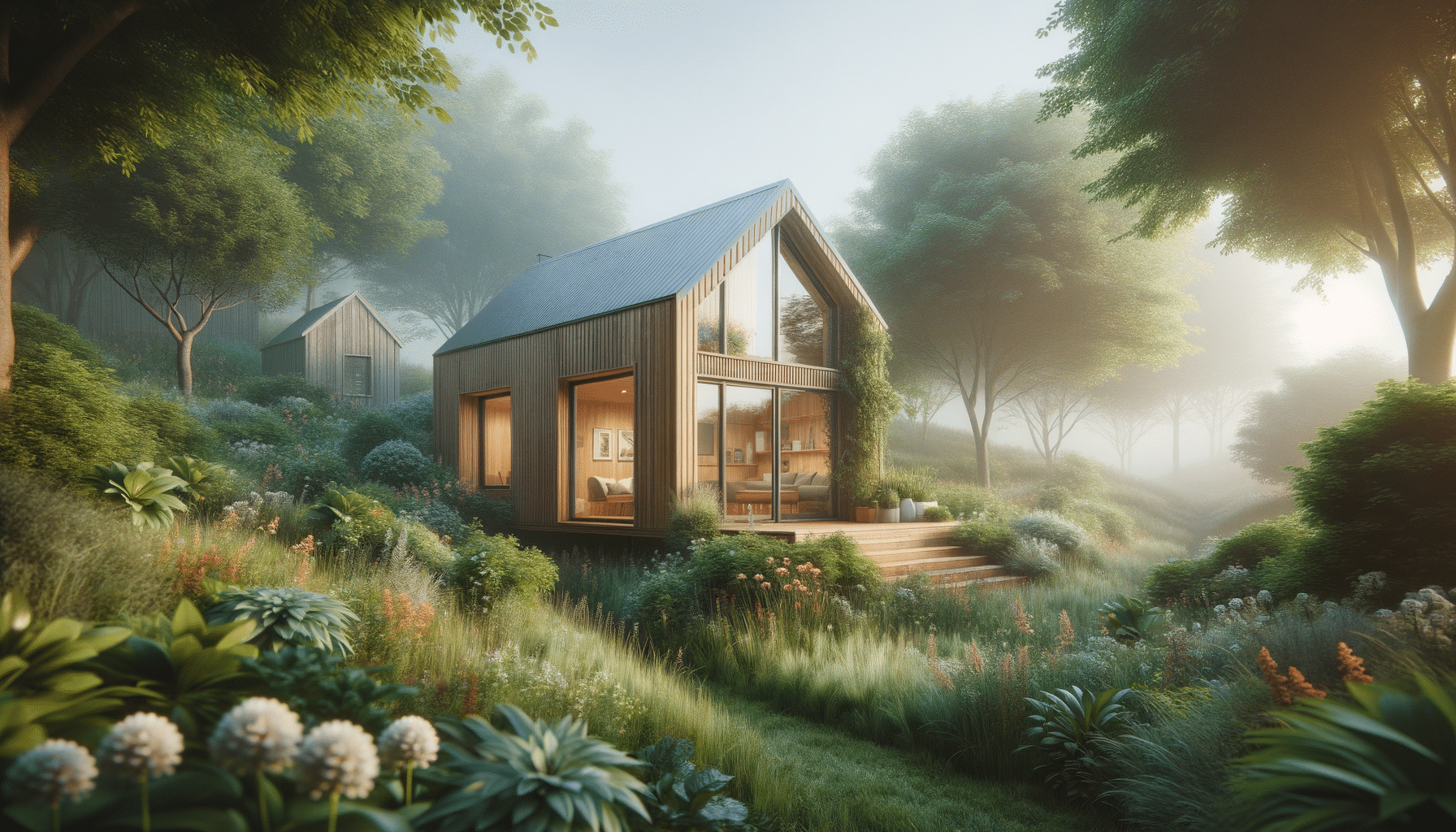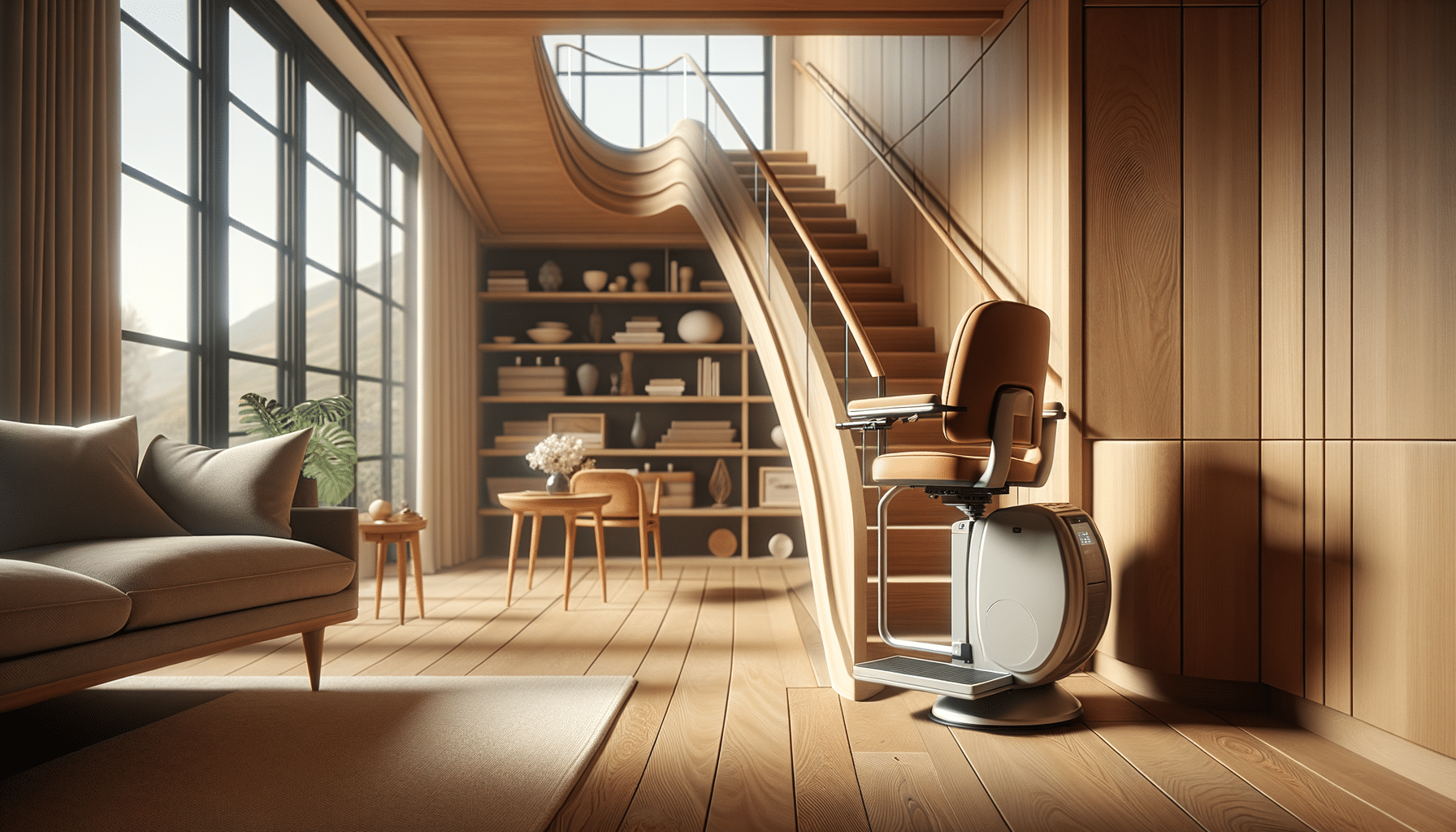
Tiny Homes for Seniors: A Smart Way to Live Comfortably
Introduction to Tiny Living for Seniors
In recent years, the concept of tiny homes has gained momentum, especially among seniors looking for a simpler, more manageable lifestyle. Tiny homes are becoming a thoughtful housing choice for those seeking to downsize without sacrificing comfort or style. With accessible layouts, safe designs, and low-maintenance living, these compact dwellings offer a unique solution to the challenges of aging in place. This article explores how tiny living is redefining what it means to age in place with ease and style, providing an innovative approach to senior living.
Accessible Layouts: Designing for Ease and Comfort
The design of a home plays a crucial role in ensuring it remains functional and comfortable as we age. Accessible layouts are a cornerstone of tiny homes designed for seniors. These layouts consider easy navigation and functionality, often featuring open floor plans that reduce the need for stairs and narrow passages. Key elements include:
- Wide doorways and hallways for wheelchair access
- Step-free entrances to minimize fall risks
- Strategically placed grab bars and handrails
Such thoughtful design considerations not only enhance safety but also promote independence, allowing seniors to move freely within their homes. Furthermore, the compact nature of tiny homes means everything is within easy reach, reducing strain and effort in daily tasks. This focus on accessible layouts ensures that seniors can enjoy a comfortable and self-sufficient lifestyle.
Safe Designs: Prioritizing Senior Safety
Safety is paramount when designing homes for seniors, and tiny homes excel in incorporating features that prioritize the well-being of their occupants. These homes often include advanced safety measures such as:
- Non-slip flooring to prevent falls
- Well-lit spaces to reduce the risk of accidents
- Emergency alert systems for quick assistance
Moreover, the smaller size of these homes means fewer areas to maintain and monitor, making it easier to ensure the entire living space is safe and secure. This focus on safe designs not only provides peace of mind for the residents but also for their families, knowing that their loved ones are living in an environment that supports their health and safety.
Low-Maintenance Living: More Time for Enjoyment
One of the most appealing aspects of tiny homes is their low-maintenance nature. With less space to clean and maintain, seniors can enjoy more free time to pursue hobbies, socialize, or simply relax. The efficient use of space in tiny homes means less clutter and easier upkeep, which is especially beneficial for those who may have physical limitations. Additionally, many tiny homes are built with sustainable materials and energy-efficient systems, reducing utility costs and environmental impact.
This shift towards low-maintenance living aligns with the desire for a simpler, more carefree lifestyle. By minimizing the demands of home upkeep, tiny homes allow seniors to focus on what truly matters, enhancing their quality of life and overall well-being.
Redefining Aging in Place with Style
Tiny homes are not just practical; they also offer a stylish and modern living solution for seniors. These homes can be customized to reflect personal tastes and preferences, ensuring that residents feel a sense of pride and connection to their living space. From sleek, contemporary designs to cozy, rustic aesthetics, tiny homes can cater to diverse styles, making them appealing to a wide range of individuals.
Moreover, the compact size of tiny homes encourages creative use of space, often incorporating multifunctional furniture and clever storage solutions. This not only maximizes the use of available space but also adds an element of innovation and elegance to the home. By redefining what it means to age in place with both ease and style, tiny homes offer seniors a unique opportunity to live comfortably and independently in an environment that truly feels like home.


